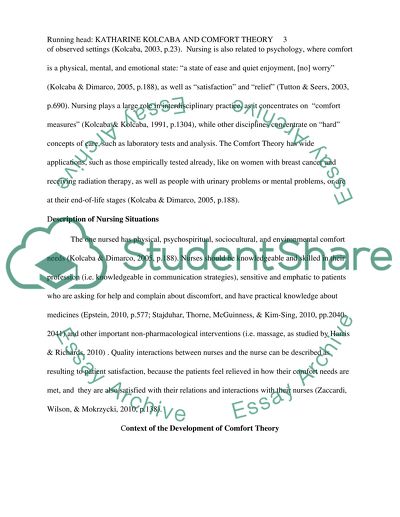Cite this document
(“Katharine Kolcaba and Comfort Theory Term Paper”, n.d.)
Retrieved from https://studentshare.org/nursing/1428487-influence-of-comfort-theory-in-nursing-settings
Retrieved from https://studentshare.org/nursing/1428487-influence-of-comfort-theory-in-nursing-settings
(Katharine Kolcaba and Comfort Theory Term Paper)
https://studentshare.org/nursing/1428487-influence-of-comfort-theory-in-nursing-settings.
https://studentshare.org/nursing/1428487-influence-of-comfort-theory-in-nursing-settings.
“Katharine Kolcaba and Comfort Theory Term Paper”, n.d. https://studentshare.org/nursing/1428487-influence-of-comfort-theory-in-nursing-settings.


